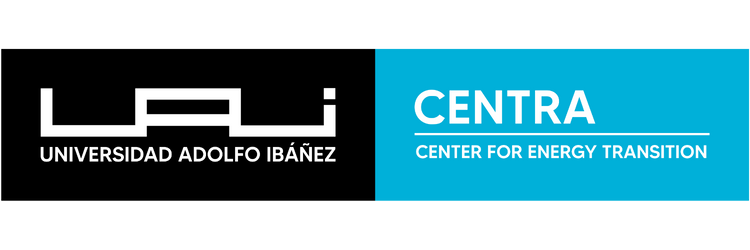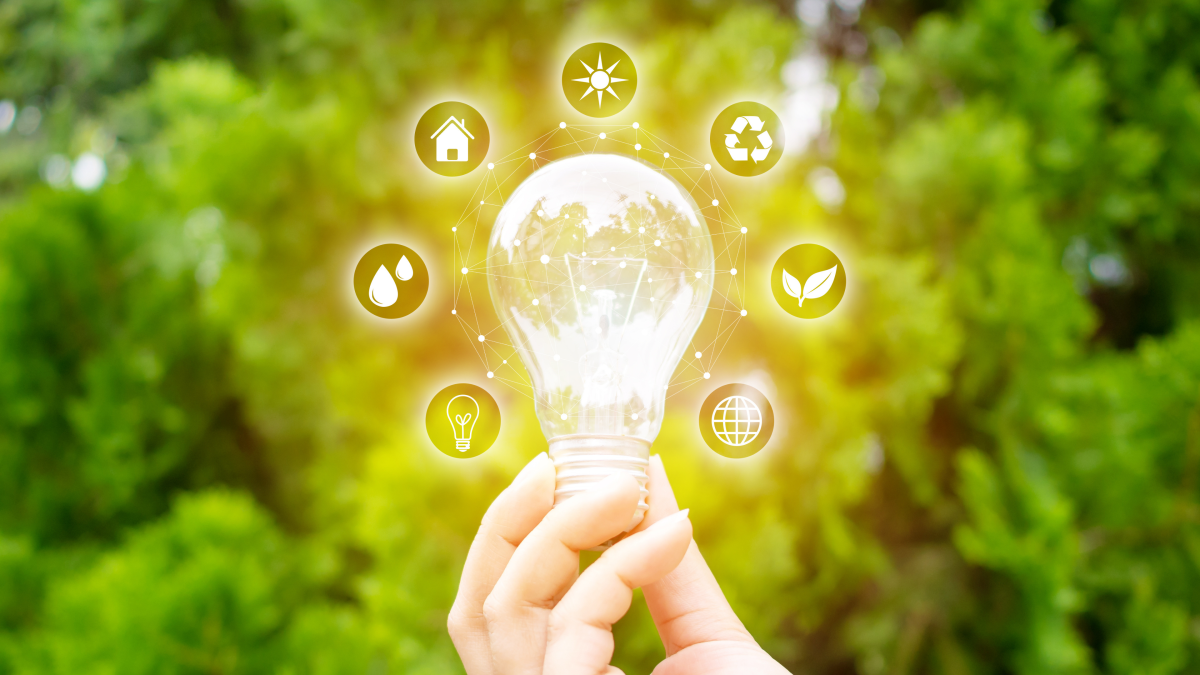The points that renewable energy, the other key player, must work on
January 25, 2025
Even though Chile is privileged in terms of renewable energy generation, achieving a 100% green energy matrix requires progress in flexibility, storage, and other areas.
The solar radiation in the Atacama Desert and strong winds across the country make Chile uniquely positioned to generate solar and wind energy, complemented by hydropower. Together, these sources give Chile a substantial renewable energy generation capacity.
In 2022, renewable energy sources (RES) reached a record 30% share in electricity generation, a six percentage point increase from 2021. Installed capacity grew to 13,781 MW, accounting for 41.3% of the country’s total capacity. While this growth is key to advancing toward a green energy matrix, several obstacles remain.
Market Structure and Planning Challenges
Ana Lía Rojas, executive director of Acera, points out that the rapid introduction of RES has highlighted the inadequacies of the current market structure for a system with high renewable penetration. She emphasizes the need to study potential market modifications and improve territorial planning to deploy renewable plants effectively.
Most renewable electricity generation projects are located far from consumption centers. This geographical mismatch requires a flexible system to transport energy blocks, which depend on solar or wind availability. Some transmission lines may only justify their existence during certain hours of the year due to the operational characteristics of modern electric systems with high variable energy penetration.
Moreover, Rojas notes the increasing complexity in predicting supply behaviors, such as the daily cycle of solar availability, which inflexible systems struggle to manage.
Disparity Between Construction Times for Generation and Transmission
Another challenge is the imbalance in construction times between renewable generation projects and transmission lines. Transmission projects, which often involve lengthy linear investments across diverse territories, can take five to seven years to become operational, while modular photovoltaic plants can be installed in 12 to 24 months, including permitting.
Additionally, the lack of effective management for renewable energy curtailments—clean, low-cost energy that cannot be integrated into the system due to transmission constraints—further underscores the need for improved flexibility and planning.
Storage and Export Potential
Energy storage is critical for diversifying the energy matrix while maintaining quality and security. According to Daniel Olivares, director of the Energy Transition Center (CENTRA) at Universidad Adolfo Ibáñez, Chile needs to advance in two areas: networks and storage.
Transporting renewable energy from regions with abundant, affordable resources to major consumption centers is essential. Simultaneously, the variability of RES requires operational flexibility, traditionally provided by thermal generation. However, to achieve long-term zero-emission goals, reliance on fossil fuels must decrease. This necessitates both short-term storage (hours) and long-term storage (months or seasons) using technologies like batteries and hydroelectric reservoirs.
Olivares also highlights the opportunity to export renewable energy through regional interconnections or green hydrogen production. Exporting green hydrogen and derivatives could expand Chile’s renewable energy potential well beyond domestic demand.
Rodrigo Cabrera, senior manager of Sustainability Services at EY, stresses that reducing intermittency and preventing renewable energy curtailments are critical actions for positioning renewable energy as a key player in Chile’s energy transition. Storage will play a vital role in ensuring energy diversification while enhancing quality and security.
Transmission and Distribution Reforms
Experts agree that substantial regulatory changes are needed to advance toward carbon neutrality. Transmission infrastructure is pivotal for integrating renewable energy into the grid. Javier Tapia, executive director of Transmisoras de Chile, notes the need for a secure, resilient, and reliable transmission network, regardless of advancements in storage technologies.
Tapia advocates for transparent, timely regulatory processes to foster investment confidence, alongside measures to streamline permitting processes, especially for projects outside the SEIA (Environmental Impact Assessment System). He also emphasizes the need for robust planning and security measures to protect transmission infrastructure from theft, vandalism, and other risks.
On the distribution side, experts from Empresas Eléctricas stress the importance of modernizing the nearly 40-year-old regulatory framework. Distributed generation, such as residential solar panels and small-scale renewable projects near consumption centers, reduces emissions and infrastructure needs. However, fully realizing this potential requires transforming distribution networks into bidirectional energy and transaction platforms.
Regulatory and Long-Term Goals
To address immediate challenges, Olivares suggests reforms to enable efficient transmission development and better economic signals for renewable investments. This includes integrating energy storage systems and revising the wholesale energy market to reflect fixed operational costs for thermal plants.
In the long term, Chile faces the challenge of developing a competitive green hydrogen export industry aligned with regional development strategies.
A Unified Approach
Achieving a successful energy transition requires aligning efforts toward decarbonization, improving service quality, fostering trust between industry and citizens, and coordinating state agencies. These steps must be balanced with keeping energy tariffs affordable for consumers throughout the transition.
Cabrera underscores the importance of enhancing Chile’s ability to adapt to variability and uncertainty in generation and demand, while maintaining reliability and cost efficiency. This, he notes, is no simple task but is essential for leveraging the country’s renewable generation potential and improving energy planning and transmission operations.
Source: El Mercurio

